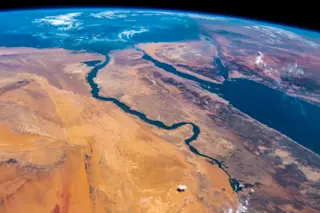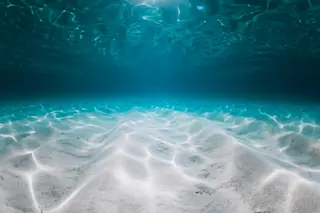We tend to think of famine in human terms. But animal populations also experience wide-spread hunger, and the hundreds of emaciated young seals and sea lions stranded on California beaches in the past year were a poignant example. Fortunately, a large team of citizen scientists at The Marine Mammal Center—an animal hospital and research institute north of San Francisco—were ready for the challenge. Twenty-eight crews of 15-20 people worked day and night shifts to rescue and rehabilitate the starving pups and yearlings. By July, 2016, about 1200 volunteers and 50 staff members had fought to save 380 sea lions, 220 elephant seals, 120 harbor seals, and 20 Guadalupe fur seals. Dr. Shawn Johnson, Director of Veterinary Science at the Center, says the age of the animals was often hard to determine, with nine-month old pups weighing not much more than newborns. “They were all skin and bones and no fat,” ...
Saving California's Seals and Sea Lions
California sea lions face starvation due to warm water temperatures, prompting rescue efforts at The Marine Mammal Center.
More on Discover
Stay Curious
SubscribeTo The Magazine
Save up to 40% off the cover price when you subscribe to Discover magazine.
Subscribe












